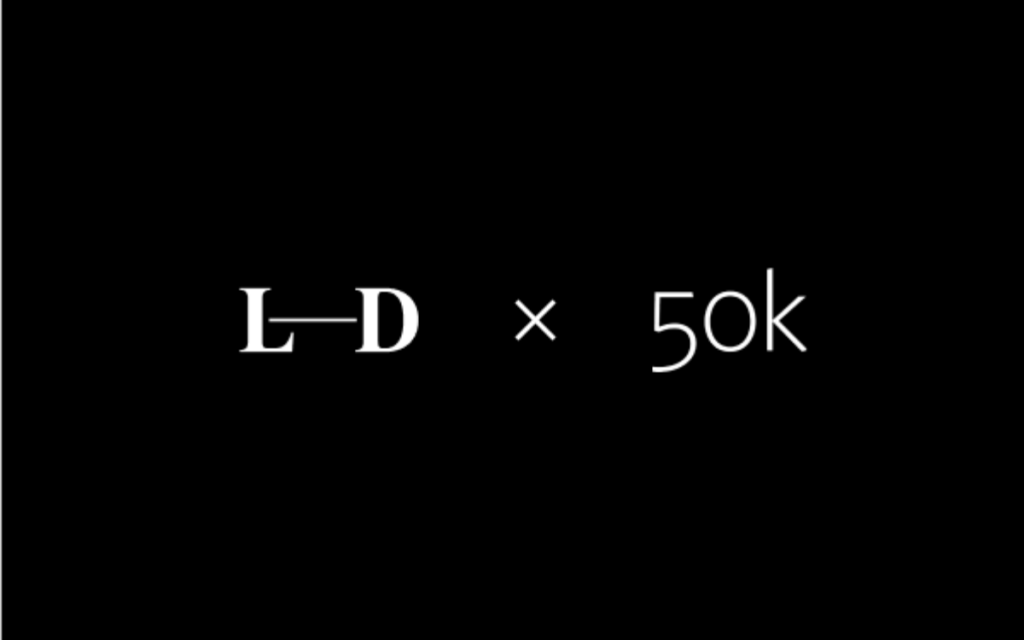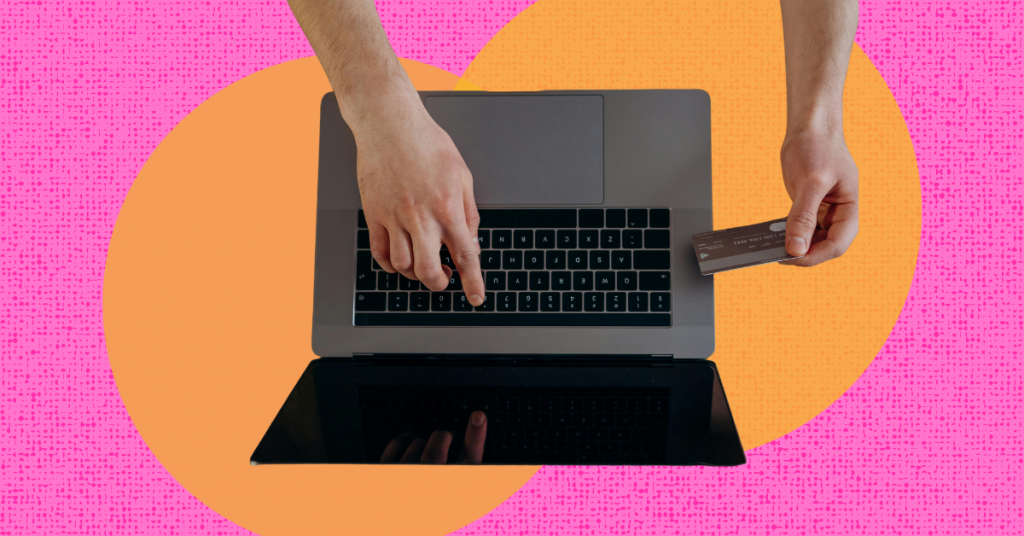How AI can give owned media the budget it deserves
Owned media projects are often sidelined or minimized, despite being the efforts that lead to long-term impact.
Kate Watts is CEO of Long Dash. She formerly founded Faire Design and held the role of president, U.S. at the global agency Huge.
As an agency veteran, I’m not surprised paid media spending rose year over year in 2023, but as a brand builder, I am bemused. Based on the successes I’ve seen our clients enjoy by cultivating owned audiences, I can’t help but see missed opportunities when marketers continue to over-index on renting audiences from someone else.
Owned audiences—those who actively seek out or engage with your brand’s content—are critical for a brand’s success. Comprised of the people who know the brand best, they’re the most likely to purchase, to recommend, to fill out a survey, join a loyalty program, follow a brand on social media, or show up for a pop-up activation near them — all of which are crucial for brand health and growth. Brands rely on owned channels and compelling content to drive these activities—which are not coincidental to purchasing but instead part of the brand experience that compels purchases.
Yet, paid media spending—the pop-ups, video ads, and sponsored social media posts of the world—is forecast to increase by 4%-7% in 2024. That’s $753-$889 billion, which is a record high. That means that on average, brands will spend 5% more this year (like they did last year and the years before that) on paid media. And when marketing dollars in these economic conditions are precious, it’s not surprising that CMOs opt to prioritize quick-reach and measurable ROI when allocating spend, which paid media promises. Meanwhile, owned media projects—a redesigned website, new content assets, or brand strategy—are investments that are often sidelined or minimized, despite being the efforts that lead to long-term impact.
Owned media projects—a redesigned website, new content assets, or brand strategy—are investments that are often sidelined or minimized, despite being the efforts that lead to long-term impact.
However, marketers no longer have to prioritize one approach over the other; new AI tools are making it possible to reap the benefits of both. The rise of AI has been estimated to boost performance marketing ROI by 15-20%, contributing to cost savings within the 10-30% range. And as AI algorithms become more sophisticated, they are taking over many of the repetitive tasks that were once the domain (and greatest time suck) of human marketers such as generating ad copy, defining target audiences, allocating budgets, pacing, bidding, optimizing campaigns, and measuring results.
This means human marketers are able to shift their focus toward more strategic and creative areas, and CMOs will have more budget freed up to allocate to building strong brand relationships. Or at least they should.
Companies that continue to under-invest in owned media channels risk the following ramifications:
Content Quality and Strategy:
- Inconsistent content creation: Publishing sporadically or inconsistently leads to disengaged audiences and missed opportunities to build relationships.
- Lack of focus and audience understanding: Creating content without a clear target audience or strategy often results in generic, low-impact content that fails to resonate.
- Neglecting different content formats: Relying solely on text-based content ignores the potential of engaging visuals, videos, interactive elements, and other formats.
Distribution and Promotion:
- Underutilizing owned channels: Brands might have websites, social media accounts, and email lists but fail to leverage them effectively to promote their owned content.
- Limited cross-promotion: Failing to cross-promote content across different channels creates silos and limits its reach and impact.
- Ignoring SEO and discoverability: Neglecting search engine optimization and other discoverability strategies makes it harder for audiences to find owned content organically.
Measurement and Analysis:
- No clear goals or metrics: Without defined goals for their owned media efforts, brands lack a way to measure success and understand what’s working.
- Limited data utilization: Not analyzing data on content performance, audience engagement, and other metrics hinders identifying areas for improvement and optimization.
- Failing to adapt based on insights: Ignoring what the data reveals about audience preferences and content effectiveness leads to missed opportunities for improvement.
Customers need to believe they are ultimately seen, heard, and catered to by other humans. This humanity can best shine in a brand’s owned media—every piece of storytelling and thought leadership, brand and visual identity, and employee interaction.
Allocating just 10% of performance marketing’s AI-driven cost savings toward your owned media budget could have an exponential, demonstrable impact (noting the other savings may be absorbed by AI implementation).
And while aspects of owned media, such as short-form content creation, can also be automated by AI, it’s clear that customers value human interaction and empathy—especially now when many customers are dubious about AI. Customers need to believe a brand is created, cultivated, and enhanced by the humans who work there. Customers need to believe they are ultimately seen, heard, and catered to by other humans. This humanity can best shine in a brand’s owned media—every piece of storytelling and thought leadership, brand and visual identity, and employee interaction.
Paid media cannot offer that on its own. Allocating more spend to owned media is not only now more feasible, it is much more pressing. AI has offered an opportunity for marketers to get back to what matters most: building relationships.





